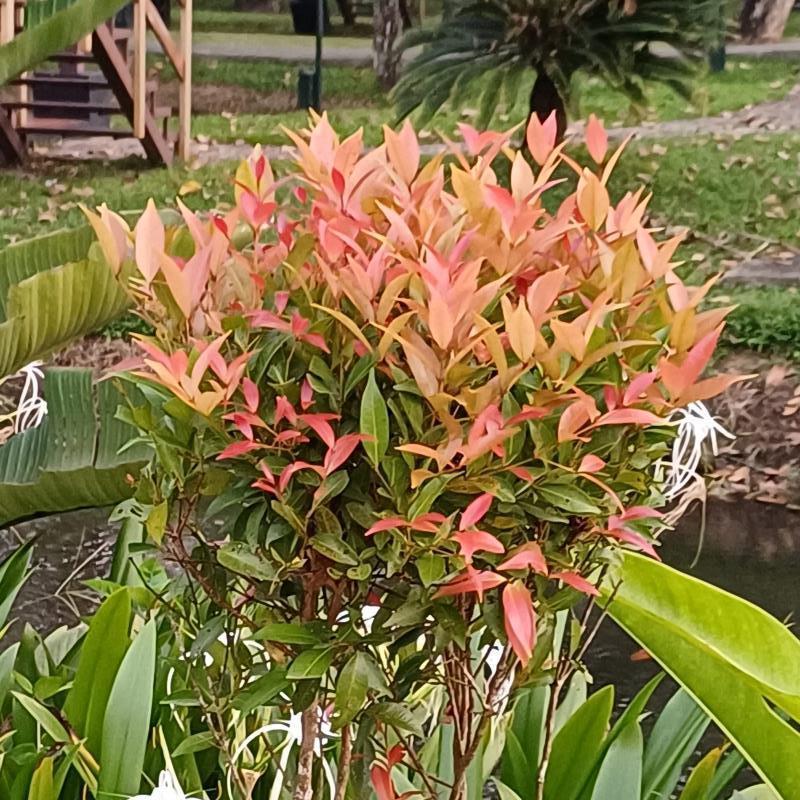Originating in China, ginger is a tropical flowering plant that belongs to the Zingiberaceae family and is closely related to turmeric, cardamom and galangal.
The sharply pungent, zingy taste and spicy aroma of fresh ginger root has long been an important ingredient in Asian, Indian and Caribbean cuisines and has now found its way into dishes all over the world.
It is often called ginger root because it is the edible gnarled, bumpy root stem that grows underground which is commonly used as a spice in cooking. The milder tasting ginger shoots and leaves are edible too.
Ginger is an extremely versatile ingredient that can be used in savoury dishes, spice blends, condiments, marinades, sauces, desserts and drinks. Ginger tea works equally well hot or cold and can be very happily combined with honey, lemon and many fruits such as peaches, blueberries and cranberries. Ginger can also be candied, crystalized, preserved or pickled. In Japan, ginger - called gari or beni-shoga - is pickled in sweet vinegar and is usually coloured bright pink.
As well as being a great spice in food, ginger has been prized for centuries by Asian, Arabic and Indian healers for its medicinal properties. Ginger is used to treat numerous ailments, such as colds, motion sickness, nausea, digestion, arthritis, migraines, and hypertension.
Ginger’s spicy flavour is due to gingerol, a compound that has antioxidant properties which help to support immunity. Gingerol is also antibacterial and has powerful anti-inflammatory effects that can reduce pain and improving joint function in people who have rheumatoid arthritis and osteoarthritis.
Ginger is one of the superfoods that is actually worthy of that term so why not add some ginger in any of its many forms to spice up your daily diet and boost your immunity.












































































